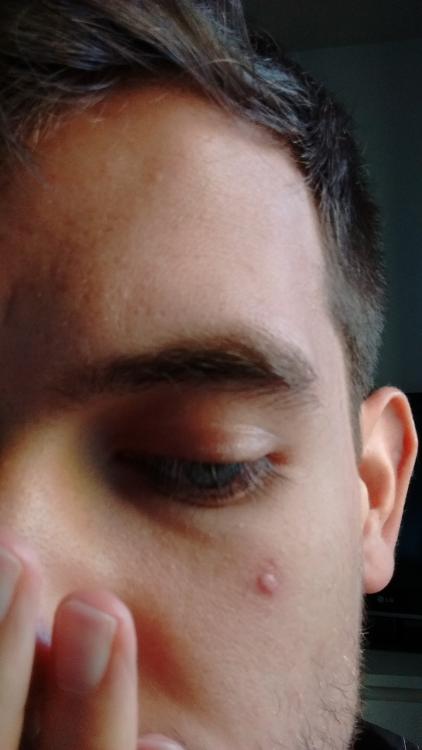Hi team
So i had a pimple on my left cheek. This was a stubborn, recurrent pimple and at some stage earlier this year, i squeezed that bugger.
I squeezed him pretty good, but i was stressed, so i sort of squeezed it a few times during its healing thinking it was still an active pimple. I was left with a red mark and a feeling of a small bump under it.
Unhappy with this, I decided to treat it with AHA and BHA. This reacted badly with my skin and made my acne on the whole worse, so i stopped, but the red mark had gotten worse as a result. A pimple reappared. I squeezed it again, and now it appears that whatever was causing the red mark might have been hypertrophic scarring.
I wanted to know what the difference between that and Keloid scarring is. It's DEFINITELY worse looking now that i squeezed it, the healing process is definitely showing a scar, but I wondered if theres any way to know what it is. I probably wont see a derm for a few weeks at least as i need to go through my doctor
Just really worried if its a keloid that will never go away ![]()
here's a picture of the scar as it is.
it's clearly worse than it was when it was just red, friends have commented its getting better but to me it looks like it sgetting worse.
it doesn't look like a keloidits probably a hypertrophic scar or could just be a cyst. either way I am sure your derm can inject that for you to get it to go way down. good luck.
more info here:
Keloids are the result of an overgrowth of dense fibrous tissue that usually develops after healing of a skin injury. The tissue extends beyond the borders of the original wound, does not usually regress spontaneously, and tends to recur after excision.
In contrast, hypertrophic scars are characterized by erythematous, pruritic, raised fibrous lesions that typically do not expand beyond the boundaries of the initial injury and may undergo partial spontaneous resolution. Hypertrophic scars are common after thermal injuries and other injuries that involve the deep dermis.
